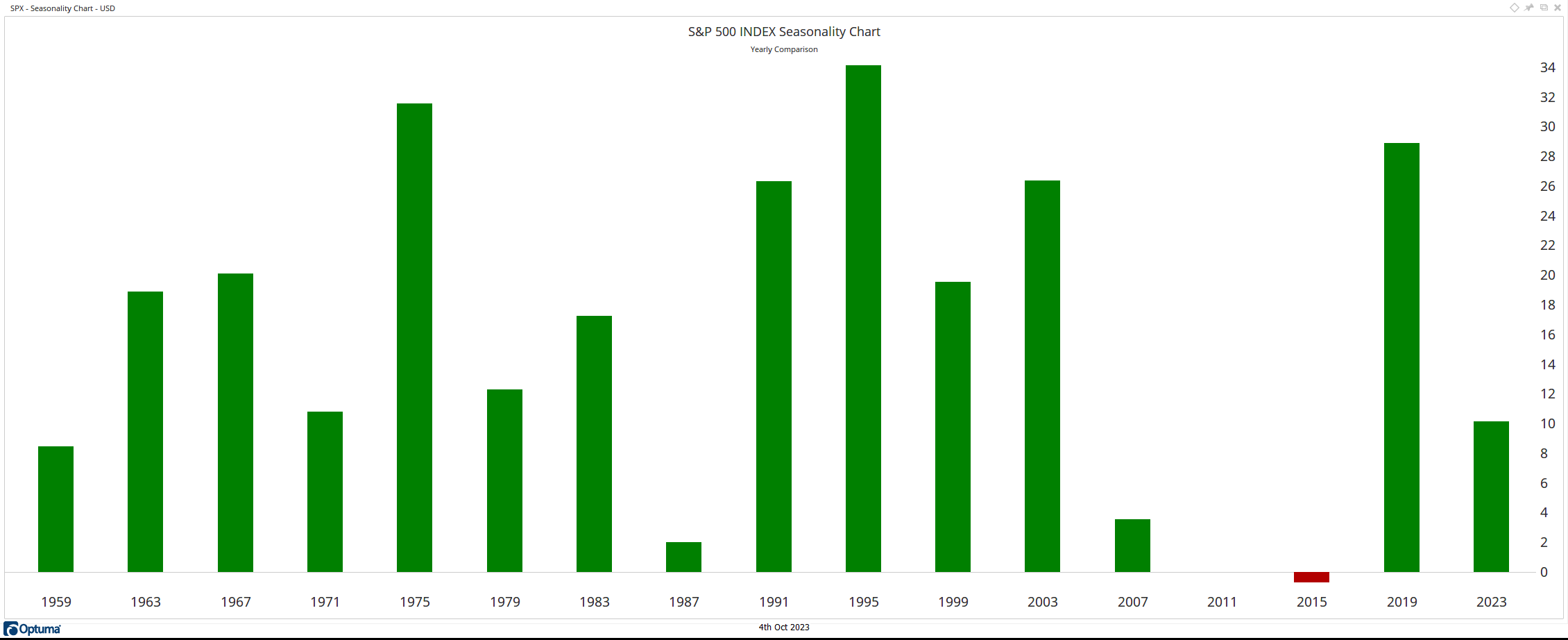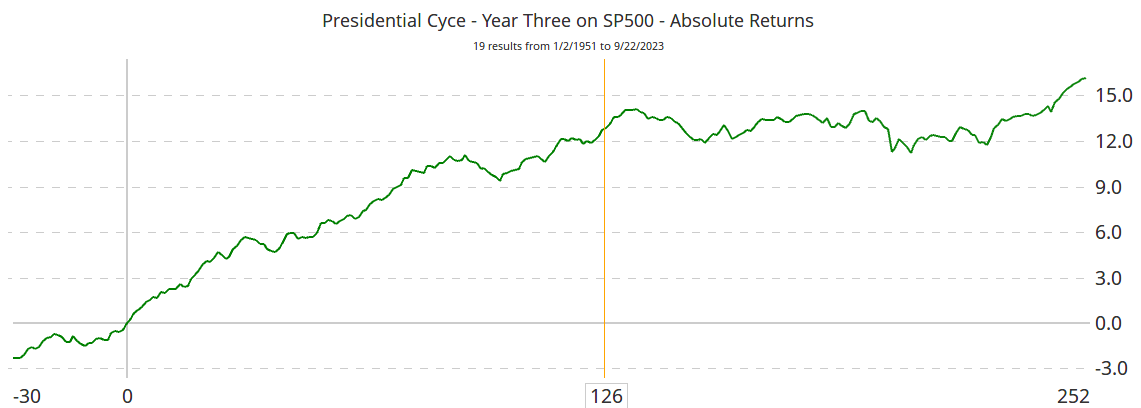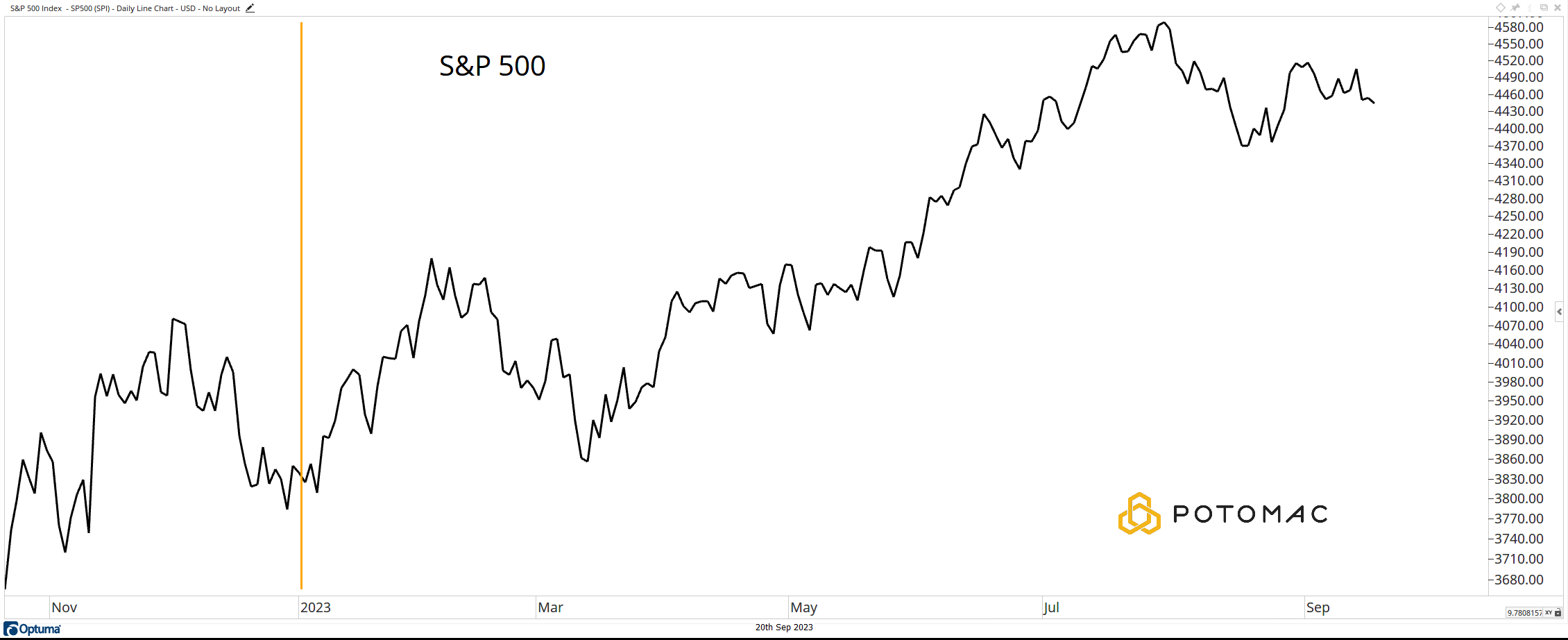
First and foremost, this is not a post about politics. The second you let your political views (not analysis) drive your investment decisions, you have already lost. However, there are distinct trading patterns that tend to play out over the four years known as the Presidential Election Cycle in the United States.
The concept of the Presidential Cycle was developed by Yale Hirsch, the founder of the Stock Trader’s Almanac. The concepts centers on the idea that the market exhibits certain tendencies when a new President takes office. The main driver of these tendencies is presidential priorities which can loosely be grouped into two buckets:
Bucket 1: During years one and two, the president focuses on the agenda that he put forth while on the campaign trail.
Bucket 2: During years three and four, the president focuses on getting reelected.
According to Hirsch’s theory, after entering the Oval Office, the chief executive has a tendency to work on their most deeply held policy proposals and indulge the special interests of those that got them elected.
As the next election looms, however, the model suggests that presidents focus on shoring up the economy to get re-elected. As a result, the major stock market indices are more likely to gain in value. According to the theory, the results are fairly consistent, regardless of the president’s political leanings.
You Should Not Be Surprised
I have been reading a lot lately about how investors are surprised by the price action that we are seeing in 2023. How can the market be strong, they wonder? Don’t you know that the yield curve is inverted? Don’t you know that there is a war in Europe? Don’t you know that the Fed is still raising rates? I can go on and on and…
My response is “perhaps you should use 2023 as yet another example of why your market narratives is largely trash.” The chart below looks at pre-election years going back to 195. The S&P 500 was higher in all but two of them. In fact, it is not uncommon to see years where the S&P 500 returns more than 20%.

While the chart above is compelling, we believe that it is important to have a sense of what the “ride” looks like. Meaning that it is nice to know that the market tends to rise in pre-election years, it is better to understand the path to that advance. Do you have to endure a big drawdown before achieving strong results by the end of the year?
Here we can see that Year Three’s tend to come out of the gate strong. The vertical yellow line marks the hallway point of the year. From there, the market tends to consolidate gains in August, September, and October (see the sideways action) before moving higher into the end of the year.

So far, 2023 is following the script. The yellow line is the start of the year. The market sprinted out of the gate, was hit with a minor speed bump in March (regional banks) but was then up and to the right until the end of July just in time for that August – October pause.

Now What?
That’s the question on everyone’s mind. Will we see the year-end rally? The answer is nobody knows. However, it is important to remember that seasonal patterns/cycles such as these are not the main driver of investment decisions. Rather they serve as a single data point in the analysis process.
Ultimately, the investor is concerned with three things:
- Price: What is the trend?
- Breadth: How healthy is the trend?
- Intermarket Analysis: Are other markets confirming the trend?
For example, let’s assume that the market (price) is trending higher, the advance/decline is bullish, and the transports are in an uptrend, then that is a bullish scenario. If it happens to be year three of the Presidential Cycle, then that is an added upside kicker.
Next month we will dive into election years.
*All charts and data from Optuma as of September 19, 2023
Potomac Fund Management ("Company") is an SEC-registered investment adviser. SEC registration does not constitute an endorsement of the advisory firm by the SEC nor does it indicate that the advisory firm has attained a particular level of skill or ability. This information is prepared for general information only and should not be considered as individual investment advice nor as a solicitation to buy or offer to sell any securities. This material does not constitute any representation as to the suitability or appropriateness of any investment advisory program or security. Please visit our FULL DISCLOSURE page. The company does not make any representations or warranties as to the accuracy, timeliness, suitability, completeness, or relevance of any information prepared by any unaffiliated third party, whether linked to the Company website or incorporated herein, and takes no responsibility for any of this information. The views of the Company are subject to change and the Company is under no obligation to notify you of any changes. Different types of investments involve varying degrees of risk, and there can be no assurance that the future performance of any specific investment or investment strategy will be profitable or equal to any historical performance level.
PFM-618-20231005
